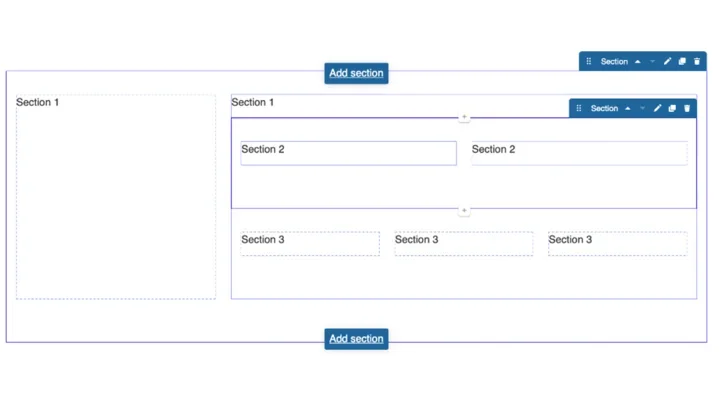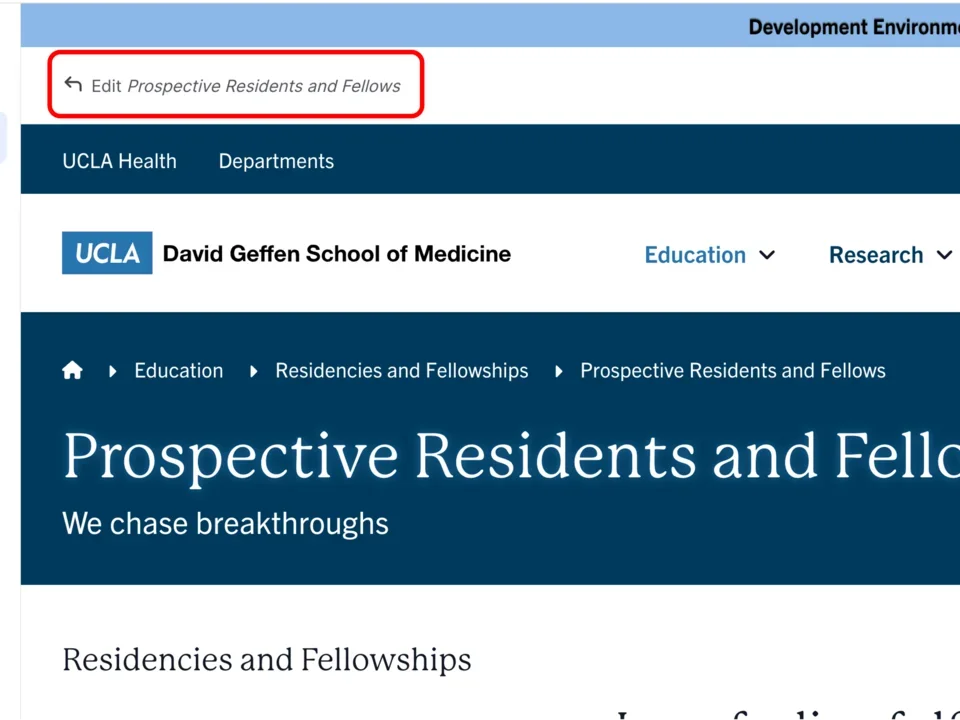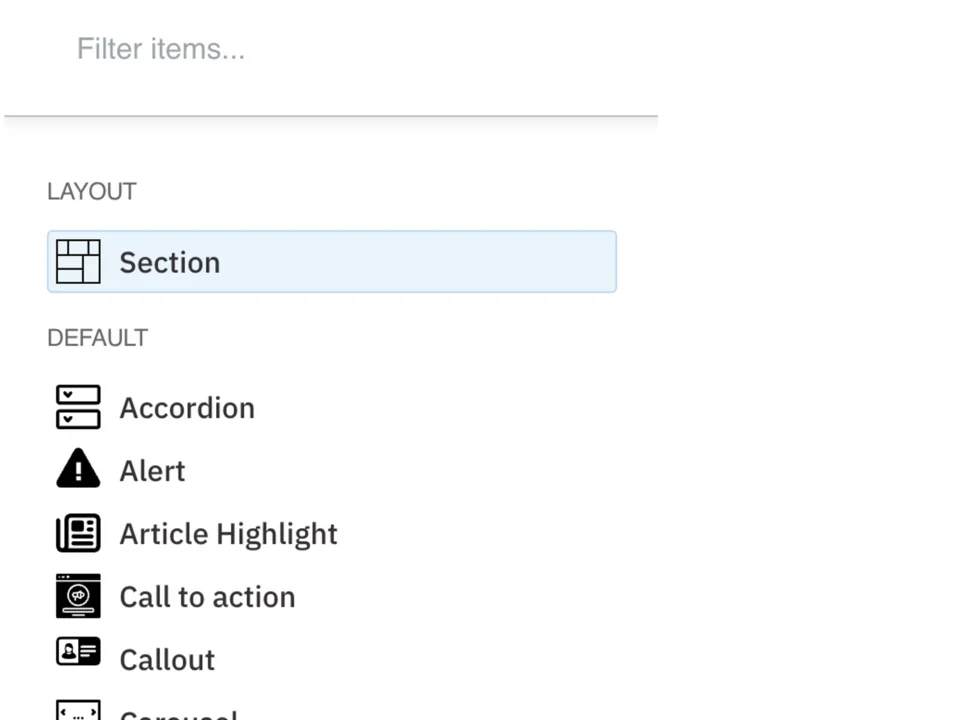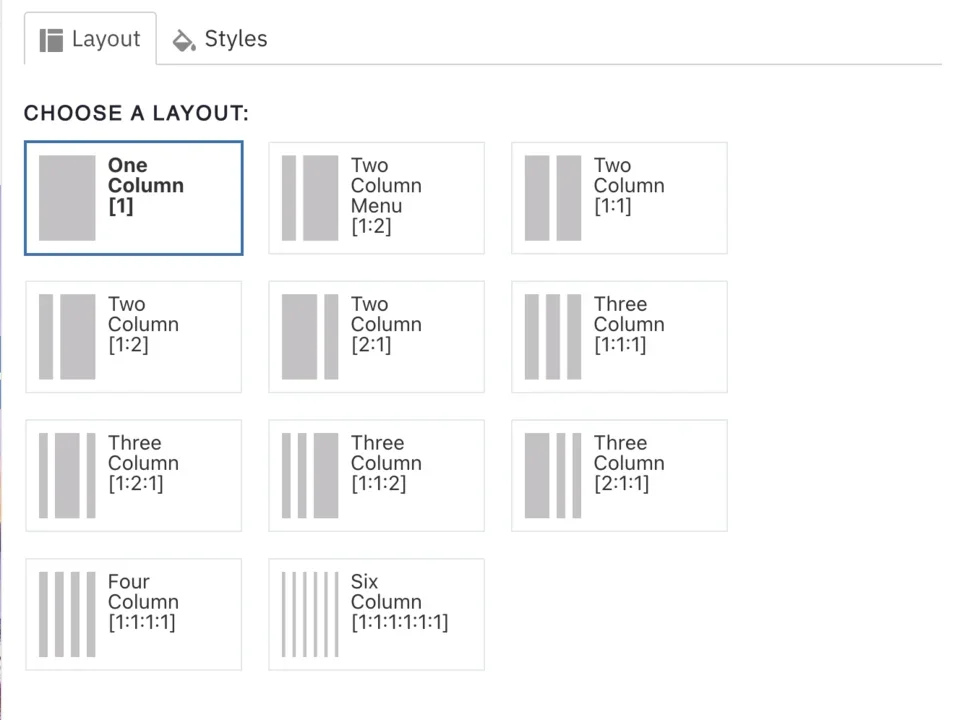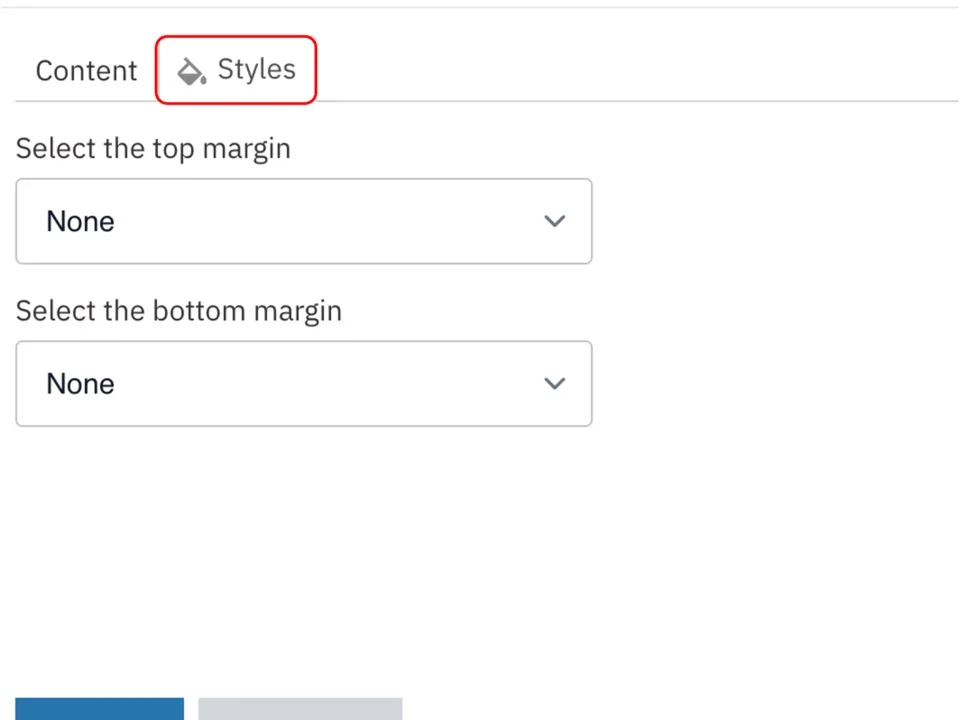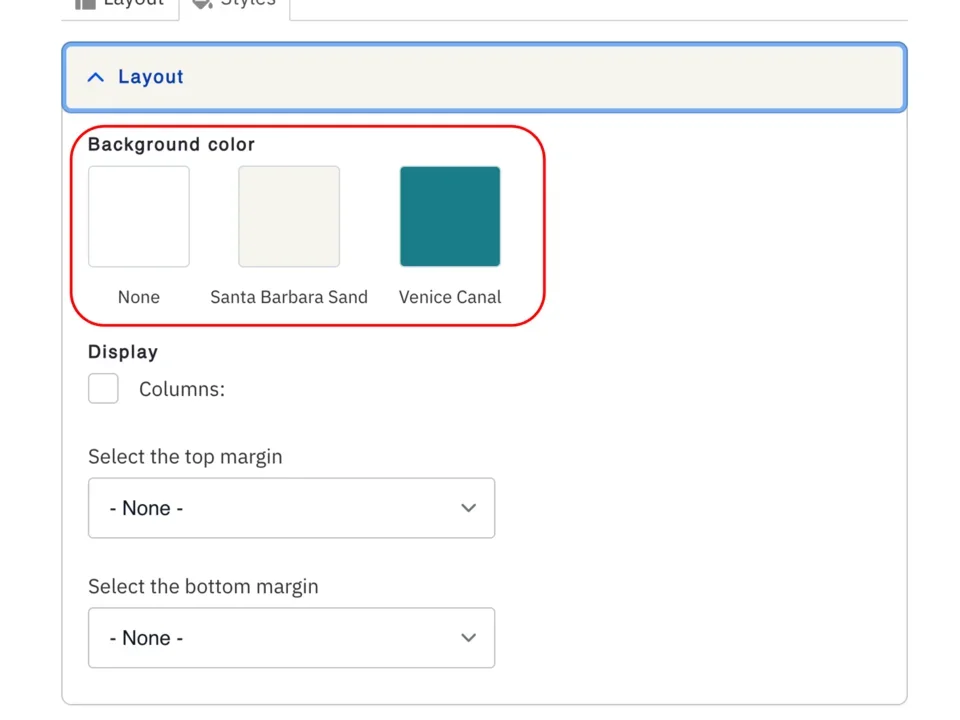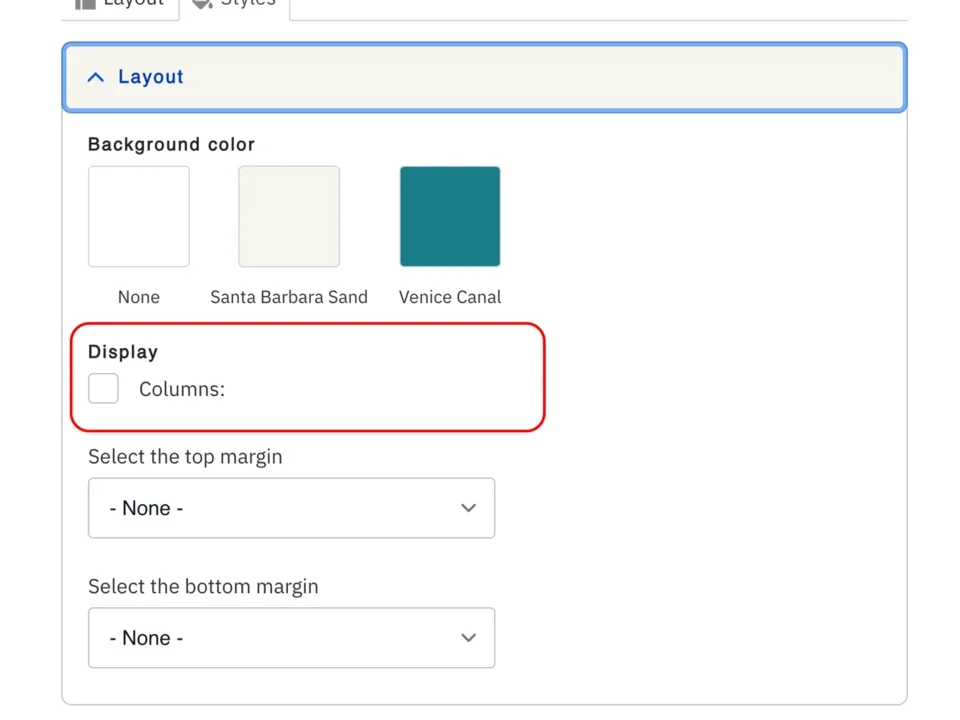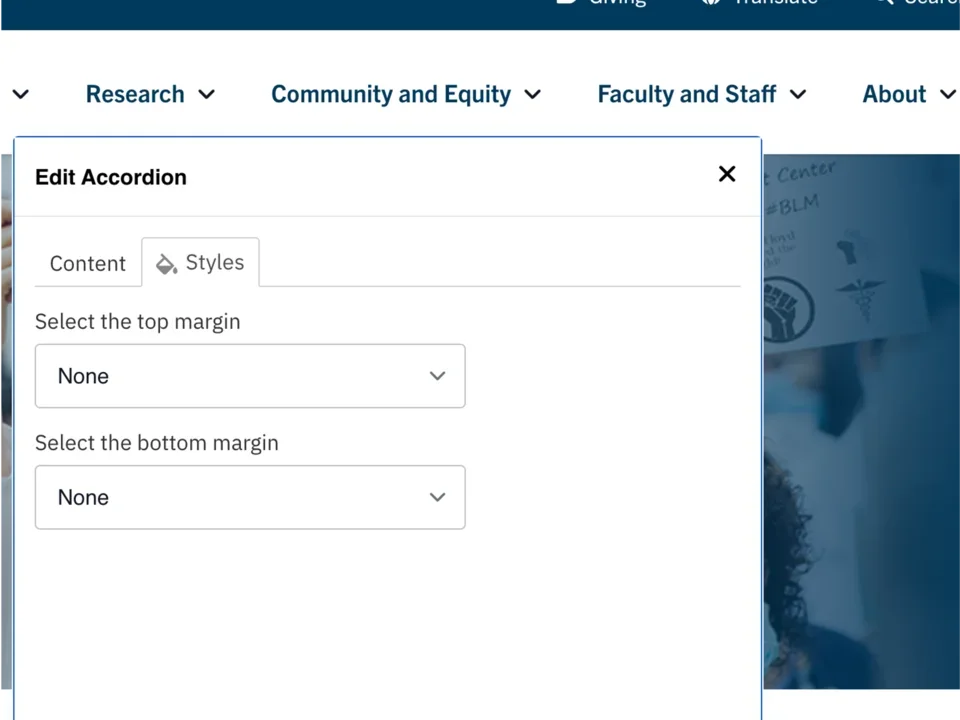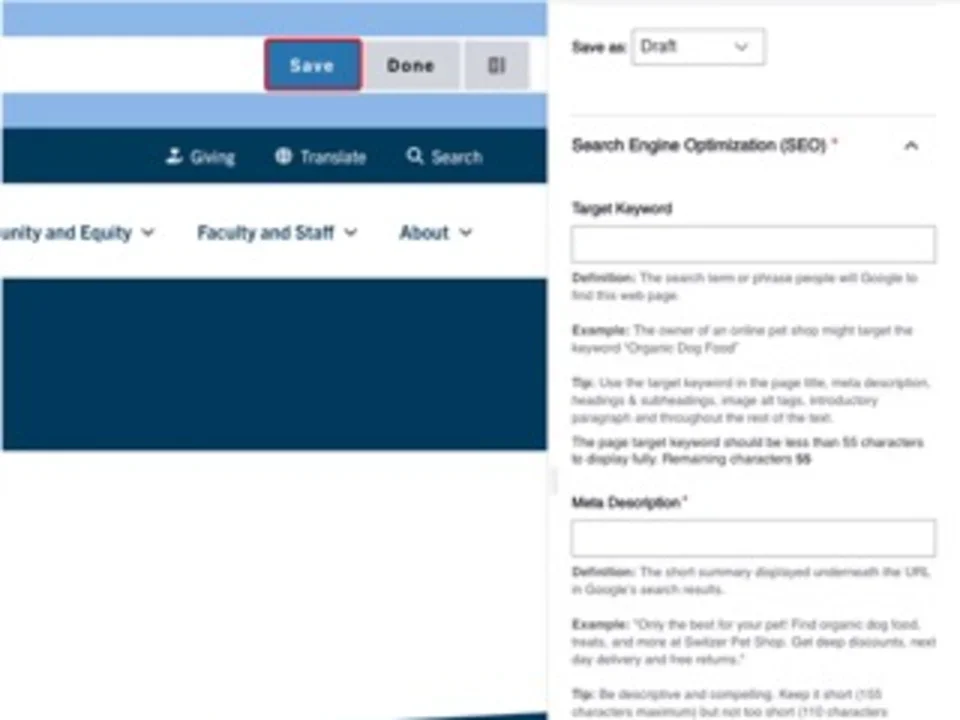Section
Creating Components
What is a section in a section ?
What is a section?
Using sections is an effective way to enhance the visual appeal of your content. When creating or editing content in the Web Platform Healthsciences Healthsciences, a section refers to a group of fields that are logically grouped together. This grouping improves content editing usability by organizing related fields into manageable parts. Sections also help organize content visually; for example, a page might have a header section, a main content section, a sidebar section, and a footer section. These sections aid in structuring content and enhancing the user experience.
Section in a Section
By nesting one Section within another, you can achieve greater flexibility and customization.
How to add a section in a section
- Click the edit link at the top of the page
- Move your cursor where you want to place the section. (Add a section if needed).
- Click the plus icon.
- Select section from the menu.
Content
- Select the layout with the appropriate number of columns.
Styles
- Toggle to the Styles tab.
- Select the desired background color to highlight components: None (default), Santa Barbara Sand, or Venice Canal.
Note: Applies only to One Column Sections.
Note: This setting is only available for site owners and should be used sparingly. It is recommended to apply it only once per page to emphasize key information. - Select Columns to place your section horizontally. This should be used only with the Icon component.
Note: Applies only to One Column Sections. - Select the amount of additional space you would like above the component.
- Select the amount of additional space you would like below the component.
Note: By default, there is no space below a component.
Save
- Click Save.
- Scroll to the top of the page and click Save.
- Click the Done button beside the save button.
Note: This will display the page in the closest representation of how site visitors will view it. All links and actions that are disabled in editing mode will be functional now.
